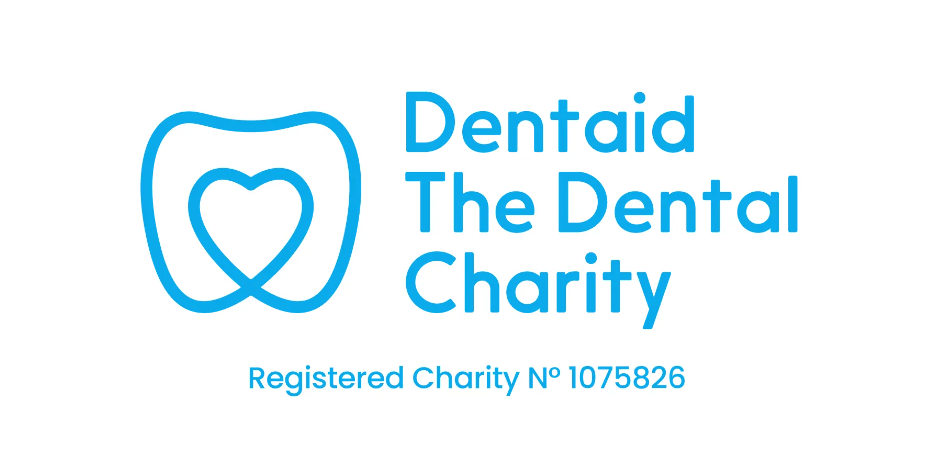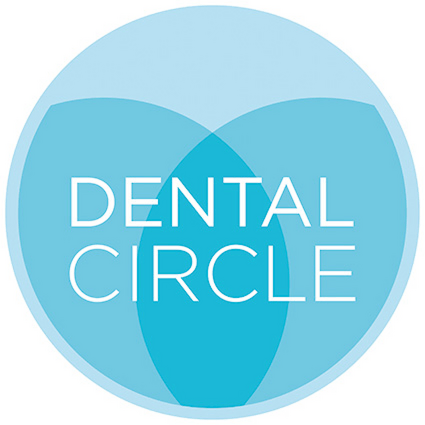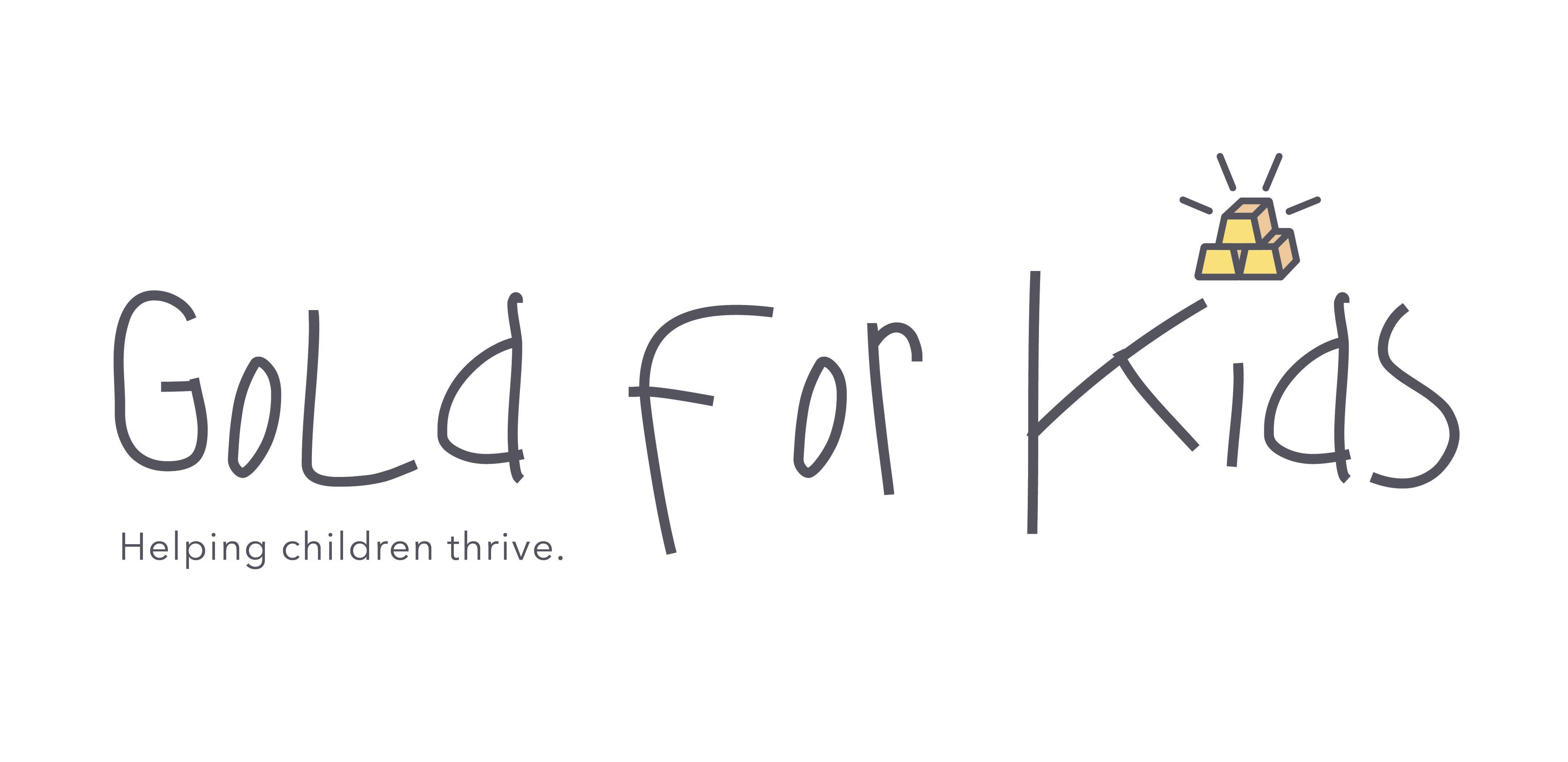Encouraging oral health-related behaviour change
)
This January, many dental professionals may be hoping that their patients’ new year’s resolutions will revolve around improving their oral health, whether it be improving their brushing technique, or introducing flossing, interdental brushing or using mouthwash. But how can dental professionals support patients to adopt better oral health behaviours that actually stick, rather than giving up after a few days?
According to Tim Newton, Professor of Psychology as applied to Dentistry at King’s College London, the ability to change one’s behaviour is linked to three main determinants: the capability or ability to perform the behaviour, the motivation to want to carry out the behaviour, and the opportunity to be able to carry out the behaviour in everyday life.
Tim believes this ‘capability-motivation-opportunity’ model of behaviour change can be incredibly useful for dental practitioners looking to help their patients change their oral health-related behaviour. Tim is well aware that dentists are not psychologists, and so has used this model as the basis for a very simple chairside procedure for changing behaviour which takes no longer than 5 minutes.
Speaking at Dentistry Show London in October 2023, Tim notes that, “we originally came up with this three-step model, which is: teach the skill, create motivation, plan the opportunity. We have subsequently added the idea of how to create a habit. We’ll look at each one in turn.”
Teaching the skill
Rather than providing lots of theoretical knowledge, a more effective way of teaching a skill is to demonstrate the behaviour. Tim notes that, “if you think about when you first got your phone, how did you learn to use it? Did you read the manual? I’m guessing you did two things: you asked someone else how it worked and then you watched them use it. Why am I telling you this? Because it’s very easy to give someone a leaflet, but when you’re teaching a skill like toothbrushing, showing someone what to do, letting them have a go, prompting how they do it and giving them observation and feedback is perhaps a more effective way. Using video media will allow us to do this much more easily.”
If a practical demonstration to teach the skill is not possible or practical in some situations, providing knowledge can also allow people to learn the skill. When providing knowledge, Tim has the following tips:
- Repeat information
- Use shorter words and shorter sentences. Try and keep it really simple
- Categorise information in an explicit manner by saying, “these are the 4 things I want you to do.” Putting information into the categories enables you to remember better
- Send telephone and email reminders
- Provide written materials to support
Create motivation
“What we want from the motivation is to create an intention to do the behaviour.” According to Tim, there are three things to do to create motivation:
- Provide information on susceptibility
“A lot of low motivation is about perceived need. So what I need to do is create a list of behaviours that are important for you as an individual. We do this by assessing people and giving them risk-related information. We generally give people red, amber and green, or other visual comparisons. So we could say, “of 100 people, you’re in the 5% that really need this.” Make sure they know that that’s not a judgement on them, but that they’re just really unlucky that they’re in that group.”
- Emphasise the benefits
“What are the benefits of good oral health? Try not to fall into the trap of saying that the avoidance of pain is a benefit. That’s not a benefit, that’s the avoidance of a disbenefit. So what are the benefits of better oral health? One thing I hear all people saying all the time is, “I don’t like smiling in photos.” So the benefits are being able to smile at weddings, being able to talk and laugh without fear of embarrassment. That’s the business we’re in. I know it feels like we’re in the business of fillings and avoiding pain, but we’re in the business of giving people a better life.
Sometimes we talk about undervalued positive aspects. So this could be, “if you really look after your teeth, you don’t need to come and see me as often!” A lot of people find that a very attractive notion! So think about what the goals are for that individual.”
- Self-efficacy
According to Tim, “self-efficacy is a very difficult concept to explain. It is your belief in your ability to make a change and your ability to control and change your own behaviour.” Tim’s three top tips for achieving self-efficacy are:
- Active attainment – success builds success. So how do we achieve success? By making small changes. What is the one thing that your patient could do to make a difference now? Of course there are lots of things that we would like them to do: brush twice a day with a fluoride-containing toothpaste using the modified bass technique at a 45 degree angle in small circles, use interdental brushes, use mouthwash… but what’s the one thing that they could fit into their busy life that would make a difference? And then, when they do that, what’s the next thing they could do? This is all about creating success that you can celebrate and build upon, and creating a relationship and working with someone to achieve it.
- Vicarious experience – share the successes of others. This works well in anxiety clinics when you share patient videos that say, “I was very anxious and I couldn’t go to the dentist, but now I’ve gradually changed that. It was difficult, but I changed it.” To see the success of people like you is phenomenally powerful.
- Social persuasion – telling people: you can do it!
Planning the opportunity
After you’ve taught someone the skill and motivated them, you then need to think about how this person will implement that new behaviour into their busy lives.
Tim is clear that, “we want people to be planning exactly when, where and how they are going to do this new behaviour, as well as what resources they will need. So for example, if you want someone to floss, ask them: When will you floss? Where will you floss? Where will you keep the floss? Have you got floss? Do you know where the cheapest floss is? Getting people to do that planning doesn’t take much time, but it will really advance their behaviour change.”
Creating a habit
As we all know, trying out a new behaviour for a few days from the 1st January is one thing, but creating long-term behaviour change is another.
According to Tim, on average, it takes 66 days to form a habit. Although Tim notes that, “it can range from 18 days of repetition to 254 days as it depends slightly on the complexity of the behaviour. So if you wake up on the 1st January with the intention to improve your oral health, the 18th day is the 18th January, the 66th day is the 5th March and the 254th day is the 9th September. That’s a long time to repeat something, so a one-off bomb intervention is unlikely to produce this repetition. You need that ongoing relationship and reinforcement of what the person’s doing.”
Tim has a number of helpful tips to help people form a lasting habit, rather than short-term behaviour change:
- Introduce cues
“Much of our behaviour comes from cues that tell us what the appropriate response is. For example, a red light means stop. There is no inherent relationship between red and stop, but it is a learnt response.
So how can we introduce cues that drive behaviours that we want to see? They work better as an event, rather than a time. So if you’re introducing flossing, link it to the event of toothbrushing, rather than recommending that someone does it at 10:30 every night.”
- Anticipating problems and what to do
“If you forget to floss once, don’t worry. But if it keeps happening, you could introduce a new cue like putting a little note in the bathroom to remind you.”
- Monitoring performance and outcomes
“Often we’ll get people to keep a diary or help them design a sheet of paper with the days of the week on, and they can tick off when they’ve done it that day. There are also apps that will do recordings of your behaviour. That kind of self-monitoring does increase repetition, but particularly if you give some external feedback. So you can ask patients to show you their records and then give them positive feedback to reinforce the behaviour.”
In the capability-motivation-opportunity model of behaviour change, Tim has provided a clear road map which dental professionals can use to help their patients improve their oral health-related behaviours. However, implementing this model into everyday practice may also require a big change in behaviour for dental professionals. So why not take some time to think about what changes you’ll make in your conversations about oral health with your patients this year, plan when and how you will have these conversations, and decide on a way to stay motivated?




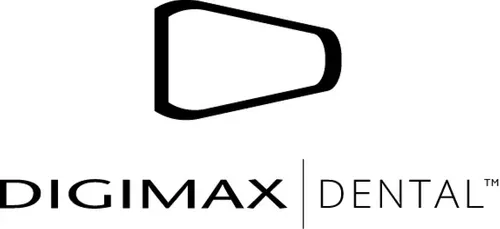











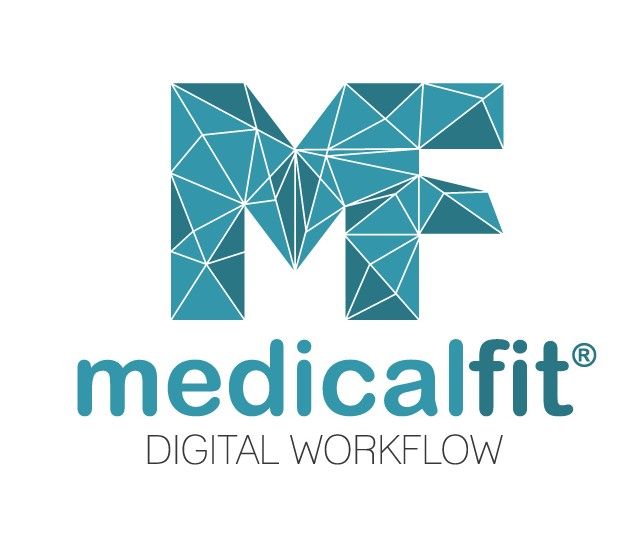


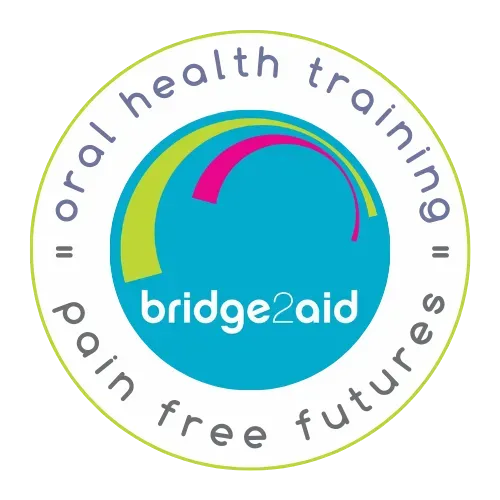
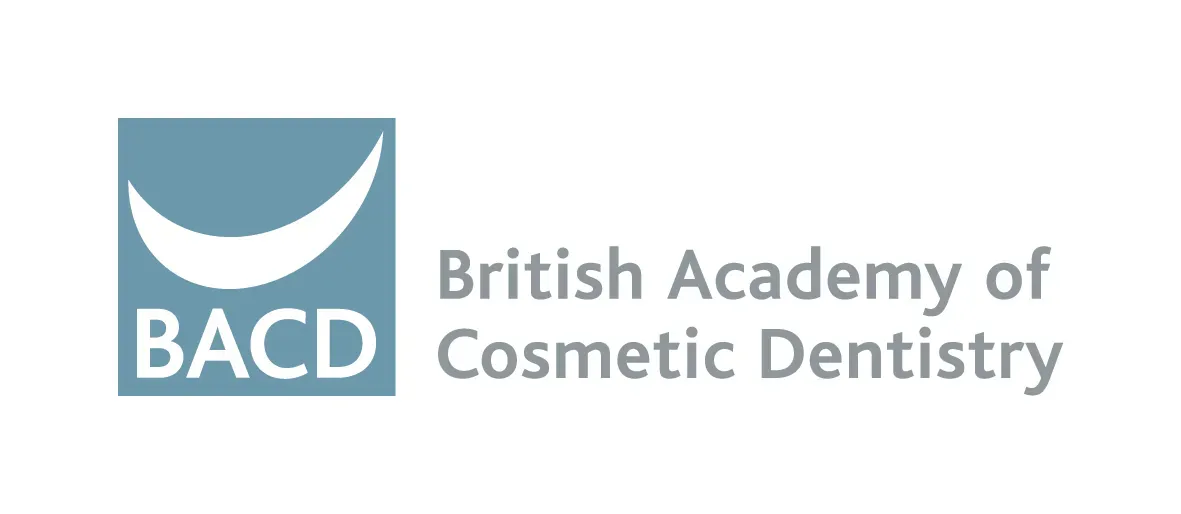
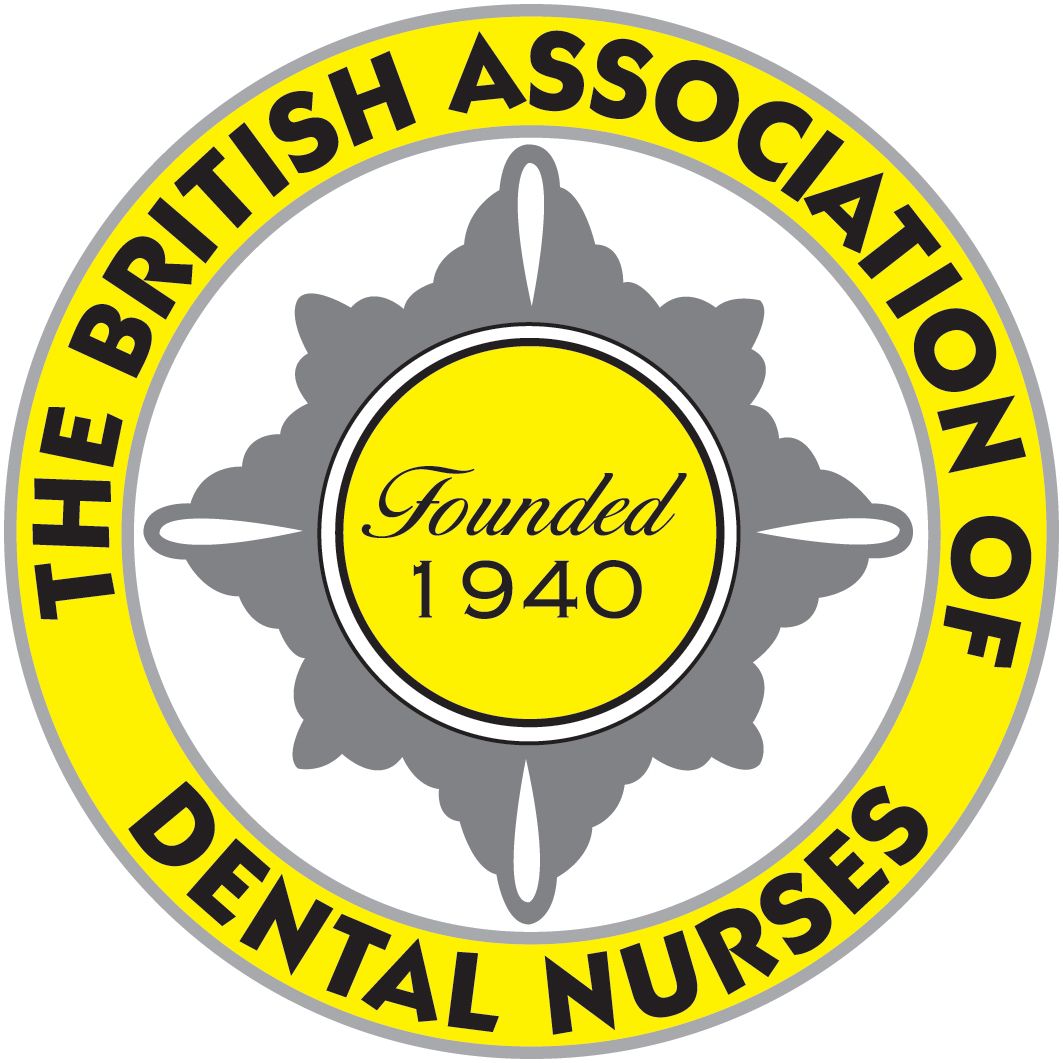
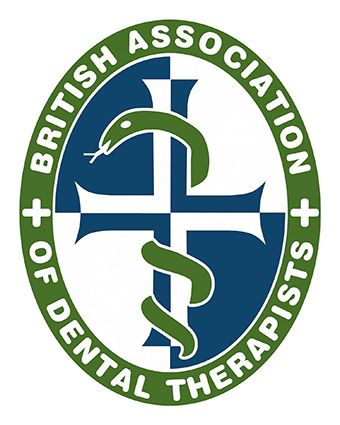
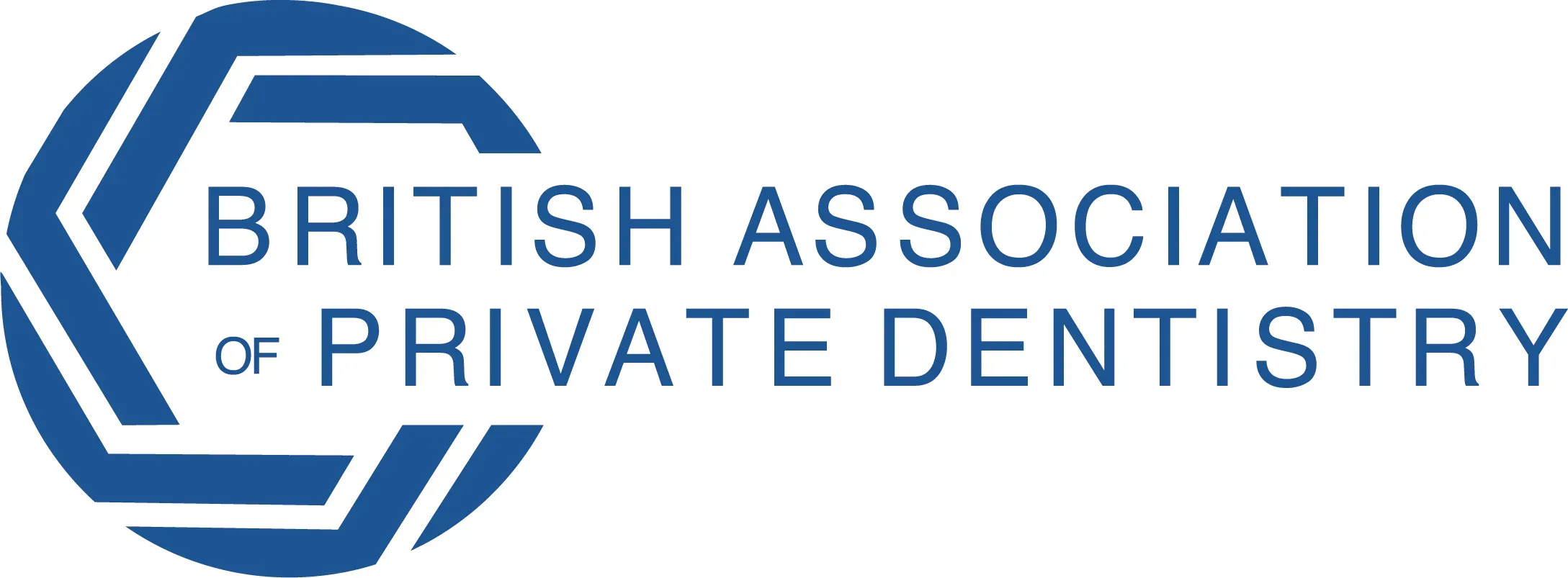

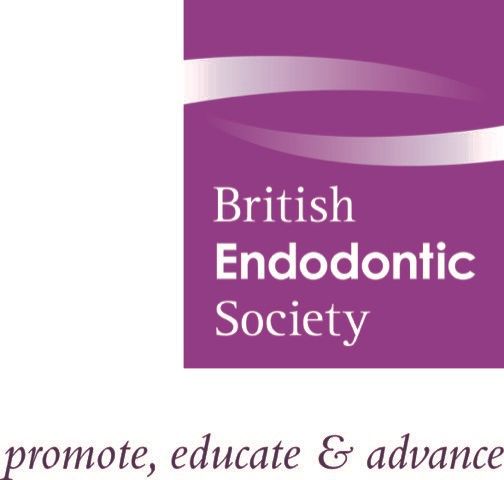
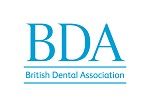


.png)
